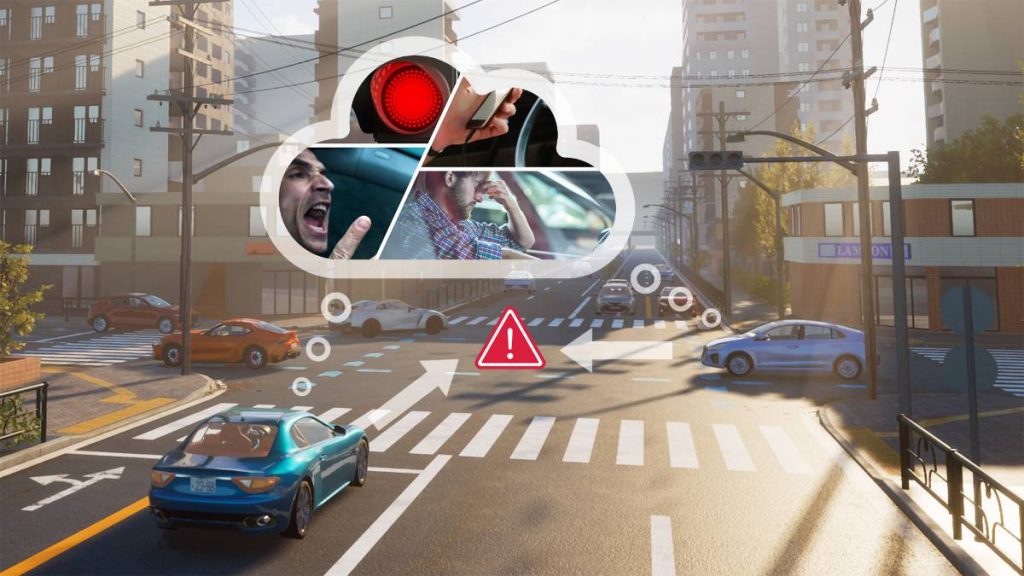
cogniBIT and dSPACE are working together to make traffic scenarios for the development and testing of autonomous vehicles even more realistic. In a first stage, dSPACE is pairing its simulation environment Automotive Simulation Models (ASM) with driveBOT, cogniBIT’s AI-based driver model, to integrate unpredictable behavior of human drivers into simulation. In the future, behavior models from further road users, such as pedestrians or motorcyclists, will be successively integrated into simulations.
Traffic situations are influenced by the behavior of individual road users. This includes emotions such as fear, surprise, and happiness but also limitations such as the road users’ impaired view. Highly automated and autonomous driving will become safer in practice only once all of these aspects are realistically integrated into the simulation for the development and testing of functions for autonomous driving. driveBOT, the AI-based driver model from cogniBIT, lets users replicate human-like behavior in the simulation and reproduce realistic traffic scenarios.
Realistic driver models play an important part in ADAS/AD development because, in the first stage, the functions for autonomous driving are designed for the operational design domains (ODD), i.e., for the specific operating conditions. The automated-driving systems have to function in these defined fields of operation. The system will request the driver to take control if the vehicle leaves this field. To make the assistance systems more realistic in the next stage, further factors can be included using cogniBIT’s AI-based driver models, for example, a nervous new driver or a stressed driver behind the wheel. The AI-based driver models from cogniBIT can be used in the ASM simulation environment to simulate more realistic surrounding traffic, not only for the ego-vehicle, but also in multi-agent simulation for the surrounding traffic participants (fellows). The realistic movement of the fellows allows simulated traffic scenarios to be varied efficiently, to identify corner cases, and therefore, to define the limits of a driving function.
“Driving function for SAE Levels 2 – 5 must be carefully validated with regard to safe interaction with human road users. The involvement of neuroscientists and sensorimotor findings into simulation leads to valid and meaningful simulation results and will make driving functions safer,” says Dr.-Ing Christopher Wiegand, strategic product manager of the dSPACE Automated Driving & Software Solutions business unit.
“With its ASM simulation environment, dSPACE provides a powerful and widely-used tool in the industry for developing functions for automated and autonomous driving. We at cogniBIT are pleased to be able to complement ASM’s already-high fidelity in areas such as vehicle dynamics, sensor and environment modeling with a valid driver and road user model,” says Dr. Lukas Brostek, co-founder and CEO of cogniBIT.
Read more here: cogniBIT and dSPACE Are Making ADAS/AD More Realistic – dSPACE
